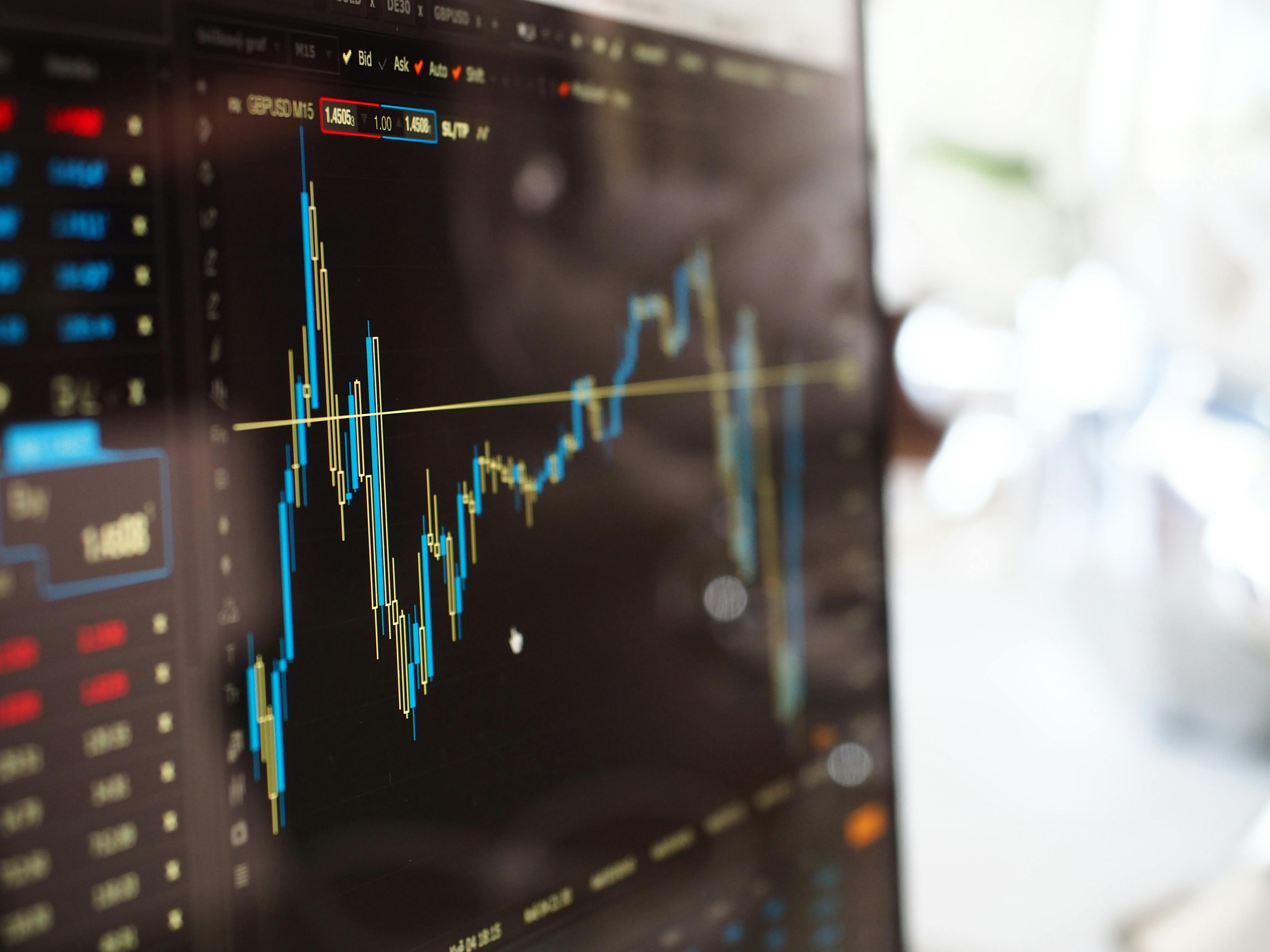Cryptocurrency adoption is rising in tandem with the public’s growing understanding and trust of this evolving asset class. It has long been on traders’ and investors’ radar as a potentially lucrative yet volatile market, and Europe, with increasingly robust regulations to protect investors, has become a leading region for adopting and trading crypto. The Markets in Crypto-Assets (MiCA) Regulation aims to create a safe environment for crypto trading, while specific countries, such as Portugal and Germany, are often referred to as crypto-friendly hubs due to favorable tax policies and regulations.
In this article, we take a closer look at the key information European crypto traders should know, and present the advantages and challenges of trading crypto in Europe.
Regulations on trading crypto in Europe
The European Union has taken active measures to create a clear and standardized regulatory environment for trading crypto in European Member States. These rules are guided and governed by the forthcoming Markets in Crypto-Assets (MiCA) Regulation, which is designed to establish a consistent framework for crypto-assets throughout the EU. MiCA will encompass pressing issues such as consumer protection, transparency, and market integrity, while also clarifying rules for crypto exchanges, crypto wallet providers and issuers of cryptocurrencies themselves. MiCA will officially come into force on the 30th of December 2024.
While MiCA will unify regulations across the EU, each individual country may set their own regulations, especially in non-EU countries like Switzerland and the UK. In Germany, for example, the government has brought into force the BaFin (Federal Financial Supervisory Authority) to issue crypto custody licenses; in France, the AMF (Autorité des marchés financiers) has developed licensing requirements for crypto firms; Switzerland has long been a crypto-friendly jurisdiction with clear regulations and favorable tax policies, making it a popular location for startups.
The European Union’s Anti-Money Laundering (AML) directives also have a great impact on the safety of trading crypto in Europe. These directives oblige crypto services providers to comply with strict Know Your Customer (KYC) and AML standards.
How is crypto taxed in Europe?
Each European country —both Member and non-Member states— outlines its own regulations regarding crypto taxation, meaning the rules vary depending on where crypto traders are located. Generally speaking, profits from crypto trading activities are subject to capital gains and/or income tax. However, some countries have chosen to soften the fiscal blow on traders who comply with certain requirements.
For example, the government in Portugal offers individual traders strategies to minimize the impact of crypto gains tax (28% in Portugal), such as holding cryptocurrency for over 365 days, which incentivises long-term investment. However, for businesses dealing in cryptocurrency, such as miners or exchanges, standard corporate tax rates apply.
The government in Germany has also exempted private crypto gains from tax if assets are held for over a year. In the UK, however, any profits derived from crypto trading and investment are subject to capital gains tax (between 10% and 20%), while any crypto earned through activities such as mining, which could be considered income, is subject to income tax (between 20% and 45%).
Choosing the right exchange for trading crypto in Europe
When deciding which exchange to use for trading crypto in Europe, it is important to first review key considerations such as robust security measures, trading options, fee structures, and regulatory compliance. These should include two-factor authentication (2FA), innovative trading and risk-management features, and particularly full alignment with the EU’s forthcoming MiCA regulation. At Limitlex, for example, we adhere fully to all European regulations, which as of 2025 will include MiCA, offering added consumer protection and transparency to all operations
We also actively encourage all European crypto traders to activate two-factor authentication, which provides an extra layer of protection by requiring a second form of verification when logging in to your account. We also offer unique trading features, such as Sell-All, which allows traders to sell all or a percentage of their crypto portfolio with a single click; Basket-Buy, enabling traders to buy multiple cryptocurrencies simultaneously; and Random Trading, a great option for beginners who aren’t sure where to place their investment, allowing them to watch and learn how the market works. For more information on Limitlex’s unique trading features, take a look at our FAQs.
For more information on trading crypto in Europe, how to use Limitlex, or to open a trading account with us, visit www.limitlex.com.



